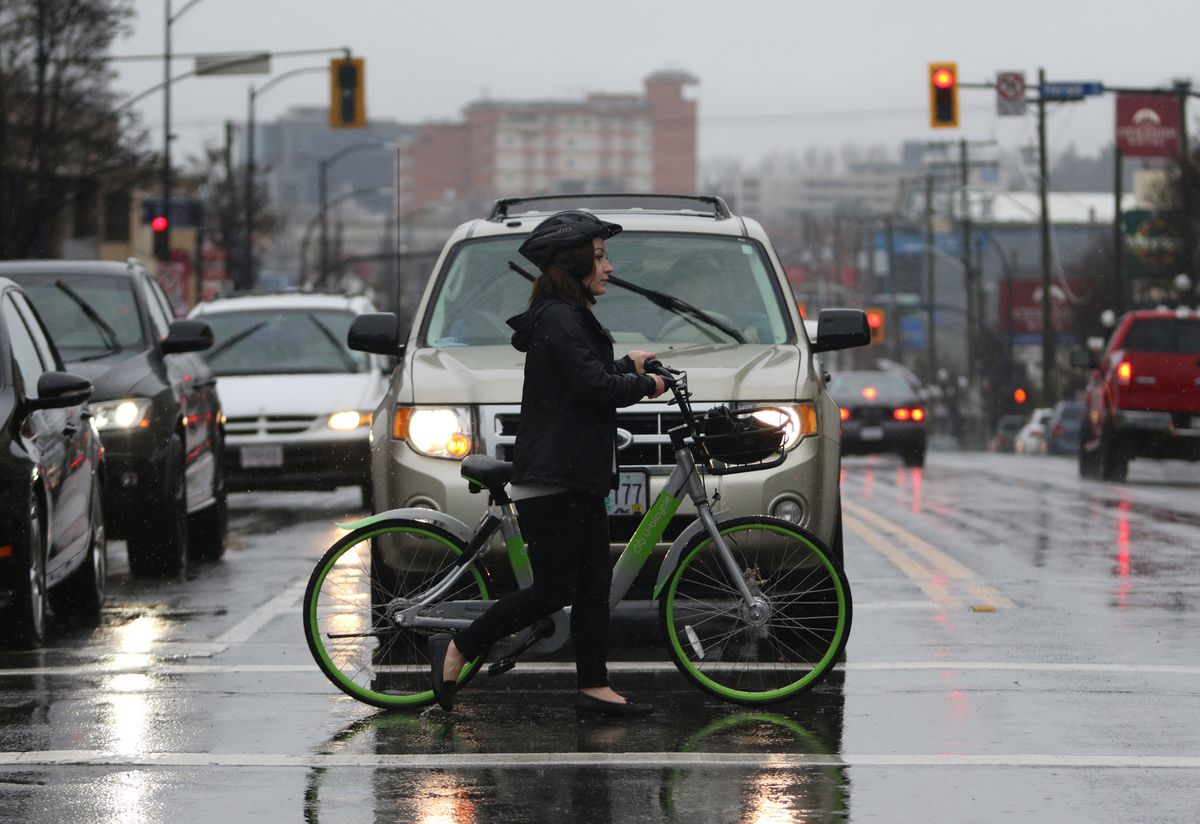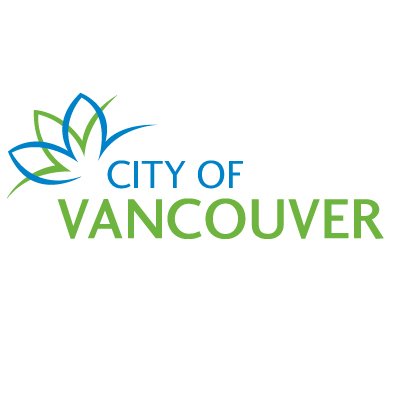
Every time a cyclist lands in the ER with a smashed face, gets dragged underneath a car or is struck and killed by a truck, I want our politicians to look themselves in the mirror and swallow that guilty pill: This is not poor luck or bad drivers, it’s bad infrastructure.
I would be very careful with that sentiment.
In Toronto, there have been quite a few cases in the last year of bad drivers literally driving on isolated, protected bike lanes, or have smashed into and up concrete dividers designed to separate cars from cyclists.
Good infrastructure won’t prevent accidents caused by bad drivers, and there are a LOT of bad drivers.

Ok so what’s the solution to bad drivers? Take away their license? All of them, before they hurt somebody?
Take your average motorist and assume that half of them are worse than that. How exactly are these people supposed to exist without a car - without first changing the infrastructure?
Quick edit for context: cars are the worst and the sooner we stop relying on them the better. But steps have to be made to slowly make that transition.

Take away their license?
Not issue licenses for them in the first place. That’s the intended purpose of licensing. I guess the solution to bad drivers is raising the bar on licensing.

That’s still dodging the question about how they are supposed to live without being able to drive. Just having poor driving skills should not be enough to prevent someone from participating in society.
Unless you’re lucky enough to have been born into a city with great public transit options, you’re screwed without a car. That isn’t fair.

You’re sidetracking a ridiculously simple issue. Having poor driving skills should prevent someone from driving. That’s as simple as it gets.

This is far from a simple issue. We have built ourselves a way of life that entirely revolves around having access to a car. Taking away someone’s car is akin to taking away their legs. Saying that they aren’t allowed a license to begin with is a prison sentence.
I suggest that we need to make changes to city development that allows for alternate modes of transport such as walking and biking. Not just paths and sidewalks, but building the places you need to go closer to where you live.

I’m all in for reducing car dependency, my friend. I was just stating the obvious, because that’s how licensing already works. I understand that we can’t raise the bar arbitrarily high until only stunt drivers are able to pass, and we didn’t define what a “bad driver” is anyway.

Oh, so simple! Why didn’t anyone else think of that?

I always assumed everyone would think of that, @apprehensively_human exemplifies the contrary, apparently.

Yes. People should pass driver exams every 5 years, and police should be less lax with dangerous driving.

Just because a solution isn’t perfect, doesn’t mean it’s not very very effective. The empirical evidence is clear and overwhelming. Well designed bike infrastructure absolutely works to increase safety.

Well designed bike infrastructure absolutely works to increase safety.
I agree completely, however, too many people make the wrong assumption that all you need is good cycling infrastructure and there won’t be any issues.
We can see from the Dutch that even having the best cycling infrastructure in the world doesn’t prevent tens of thousands of injuries from happening per year, because not all accidents are between cyclist and motor vehicle.
In fact, many don’t even involve another vehicle or person at all. And with e-bikes becoming more popular, the death and injury rates, even with the Dutch, have been increasing at a very rapid pace.
Plus, I don’t believe much of the safety stats that come out of the Netherlands in relation to cycling. It seems they are just lying about the numbers..

Bike lanes, yes, but this past weekend I saw the aftermath of a cyclist hit on a highway. There have to be long distance routes for folks that want to commute, to train. It has to be separated from cars and safe.

cyclist hit on a highway
Like a full-on, “no cyclists allowed” highway? 401? 404? etc.? (EDIT: just seeing that this is for Vancouver… the highways I listed are near Toronto).
There are plenty of alternatives to those highways (which are illegal to cycle on), but I agree that there needs to be way more infrastructure for long distance, municipality to municipality cycling.

There are stretches of Highway 1 in North Van that allows cyclists. Personally I wouldn’t, but it’s not illegal

Not Vancouver or Toronto. I’ve never seen anything against bicycling on that stretch and, to the contrary, see a few hardcore road folks most times I use it.

The government must enforce the fucking laws that already exist. We have safe passing distance laws here, ive got plenty of video of idiots swerving in on me let alone not giving the proper distance. Send that to cops, they do NOTHING.
the only thing that seems to get the point across is mass protest rides tying up commutes on a regular basis for 12h. THEN suddenly there is an enforcement blitz, and then it slowly faids off again.

What do you think about designing our streets so that cars won’t drive faster than the speed limit simply because they wouldn’t feel safe doing so? Narrow winding streets, on-sreet signs, raised intersections, concrete medians, paving stones, etc.
For roads, where faster traffic is required, we could avoid danger to bicycles by having a network of bicycle tracks that is separate from car traffic, or protected bike lanes where the geography makes it difficult.

all for it. Every time I race in europe I very much enjoy this engineering concept put into action. The Netherlands & Denmark has it completely figured out and it works great.

